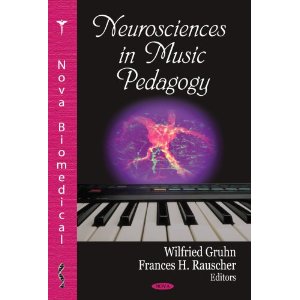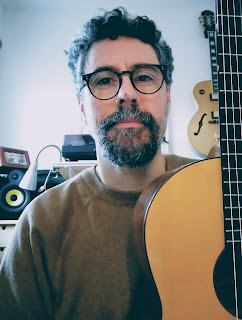How to Practice any Music Instrument
Motor Learning and Instrumental Training
(by Eckart Altenmeuller&Gary McPherson), Chapter V from Neurosciences in Music Pedagogy
1. How to Practice is Best Learned by Practicing
As all skilled human motor activities, practicing is largely based on procedural knowledge.
How to practice and when to stop practicing is best learned by experience. Practicing can be considered as a self-organizing process, frequently starting with uneconomical activation of large neuronal pools in the sensorimotor brain regions. Optimizing the movement patterns occurs under continuous sensory feedback from the ears, the eyes, the muscles, tendons, joints and from the skin. The integration of this information into movement patterns is the most important step in procedural learning. It is mainly based on the formation of neuronal networks, for example the connections between auditory and motor areas and in a stepwise reduction of cortical activity and augmentation of subcortical activity in the basal ganglia and the cerebellum.
2. Start Early But Not Too Early with Playing An Instrument
At the same age, there can be large individual differences in the development of children's motor and cognitive abilities. If the motor system is not sufficient developed, a child may experiences great difficulties in bimanual coordination or execution of rapid movements. Starting too early can lead to needless frustration and anxiety. On the other hand, during the early years the brain is more adaptive and plasticity effects may contribute crucially to the development of manual, auditory and sensory skills necessary for music making.
3. Breaks and Sleep Are Essential for Motor Learning
When playing a musical instrument, the central nervous system is mainly involved in processing a huge amount of incoming information from the ears and eyes, and from the sensory organs in muscles, tendons,
joints and skin. The consolidation of the networks necessary for programming movement sequences occurs
mainly in the breaks after playing and during sleep. As a consequence, the more complex a task is, the shorter the practice time should be scheduled in one session and the longer the breaks should be planned. Sleep is another factor supporting procedural memory formation. Therefore, sufficient sleep should be encouraged, especially when an instrumentalists of any ability levels is working hard to master new repertoire.
Generally, a practice session should be terminated, when signs of fatigue appear. It is important to consider
that over-practice (practice into bodily or mental fatigue) not only leads to no improvement, but to an active
worsening of motor programs. This is due to a blurring of central nervous sensorimotor representations,
when muscular fatigue appears. Furthermore, a lack of attention causes a higher probability of uneconomical movements or production of false notes which, as a consequence, are stored in the procedural memory.


Comments
Post a Comment